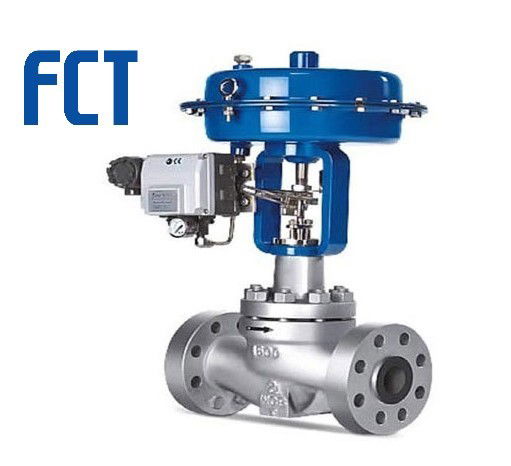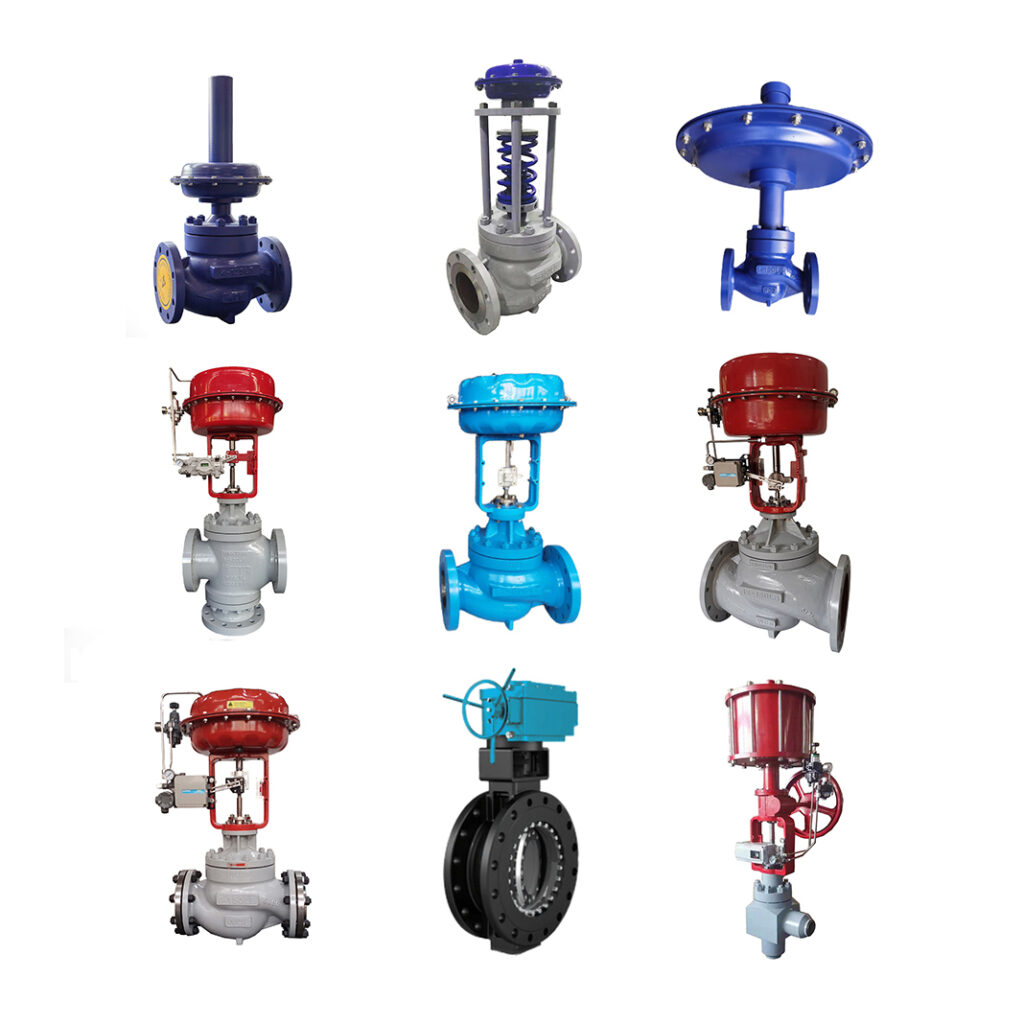Achieve Seamless Combination and Control With Top Quality Building Automation Controls
In the world of modern-day building monitoring, the relevance of high quality structure automation controls can not be overstated. As modern technology proceeds to development, the integration and control of numerous systems within a building have actually advanced to be a lot more sophisticated and efficient. The seamless procedure and monitoring of lights, COOLING AND HEATING, safety and security, and various other building features have become extremely important for improving occupant convenience, energy effectiveness, and overall operational performance. Nevertheless, the trip towards attaining true integration and control is a complex one, with considerations ranging from system compatibility to cybersecurity. Embracing top quality structure automation controls is not merely an issue of ease but a strategic necessary for organizations aiming to enhance their centers' performance and sustainability.

Advancement of Building Automation Controls
Throughout the previous few years, the development of developing automation controls has actually dramatically transformed the way buildings are handled and run. Building automation systems mostly concentrated on fundamental functions such as managing ventilation, air, and home heating conditioning (A/C) systems. As innovation progressed, these controls have actually come to be a lot more sophisticated, enabling for a bigger range of building systems to be incorporated and taken care of centrally.
The evolution of building automation controls has actually seen a shift in the direction of more smart systems that can adapt to altering conditions in real-time. This adaptability is essential for enhancing power effectiveness and ensuring passenger convenience. Furthermore, contemporary structure automation controls currently offer features such as predictive maintenance, remote surveillance, and information analytics, making it possible for facility supervisors to make data-driven choices to enhance building performance.

Advantages of Quality Combination
The advancement in structure automation controls towards more smart systems has actually underscored the considerable advantages of high quality assimilation in optimizing building operations and boosting overall effectiveness. This centralized control likewise provides far better visibility and insights into building performance, making it possible for aggressive upkeep and optimization techniques. On the whole, the advantages of top quality integration in structure automation controls are undeniable, offering enhanced efficiency, comfort, and functional efficiency.
Improved Individual Experience and Ease Of Access
Enhancing customer interaction with building automation controls through user-friendly style and improved availability raises the general experience for passengers and facility managers alike. By focusing on user experience, building automation systems can become more effective and easy to use. User-friendly user interfaces, clear navigating, and personalized setups empower customers to interact with the controls conveniently and effectively.
Accessibility functions play an essential role in making certain that all individuals, consisting of those with disabilities, can make use of the building automation controls effortlessly. Including functions such as voice commands, tactile switches, and color-contrasted screens can enhance access and make the controls a lot more inclusive.
In addition, improved user experience brings about higher customer complete satisfaction, raised efficiency, and much better decision-making. Owners can change environmental setups according to their preferences, while center managers can effectively manage and monitor structure systems - control valves. In general, prioritizing customer experience and availability in structure automation controls adds to a more seamless and productive building setting for all stakeholders entailed
Lasting Practices Via Automation

Additionally, automation can facilitate the integration of renewable energy resources such as solar panels or wind turbines into building procedures. Through automation, structures can straighten with modern-day sustainability objectives and contribute to a greener future.
Future Trends in Building Control Equipment
In expectancy of progressing and progressing technologies sustainability practices, the trajectory of structure control systems is positioned to welcome transformative approaches and cutting-edge options. One prominent fad forming the future of building control systems is the enhanced assimilation of Artificial Intelligence (AI) and machine learning. These modern technologies allow buildings to adapt in real-time to transforming problems, optimizing power usage and improving convenience for passengers. Furthermore, the Net of Points (IoT) is changing building control systems by connecting sensing units and gadgets to streamline procedures and improve performance.
An additional key use this link fad is the emphasis on cybersecurity procedures to protect against possible risks to constructing automation systems. As structures become a lot more interconnected, ensuring durable cybersecurity methods will be vital to guard sensitive information and prevent unauthorized gain access to.
Additionally, the shift in the direction of cloud-based systems is getting momentum, enabling streamlined control and remote accessibility to building systems. This promotes simpler surveillance, upkeep, and updates, boosting the overall efficiency and flexibility of structure control systems. As innovation remains to advance, these trends are expected to form the future landscape of structure automation controls, driving innovation and sustainability in the developed setting.
Verdict
Future fads in structure control systems are likely to focus on more boosting automation abilities for improved power performance and total efficiency. It is vital for building proprietors and operators to focus on the adoption of top quality building automation regulates to maximize structure operations and attain long-lasting sustainability objectives.
In the world of his response modern-day building monitoring, the relevance of quality building automation controls can not be overstated. On the whole, the development of structure automation manages continues to drive innovation in the structure administration industry, using brand-new opportunities for producing smarter and more lasting buildings.
The advancement in building automation regulates towards even more intelligent systems has actually emphasized the considerable advantages of quality assimilation in optimizing structure procedures and improving overall efficiency. Generally, focusing on user experience and accessibility in structure automation controls contributes to an extra efficient and smooth building atmosphere for all stakeholders involved.
It is vital for structure proprietors and operators to prioritize the his explanation fostering of top quality structure automation controls to enhance structure operations and accomplish lasting sustainability goals. - control valves
Comments on “Comprehending the Relevance of Control Valves in Process Automation”